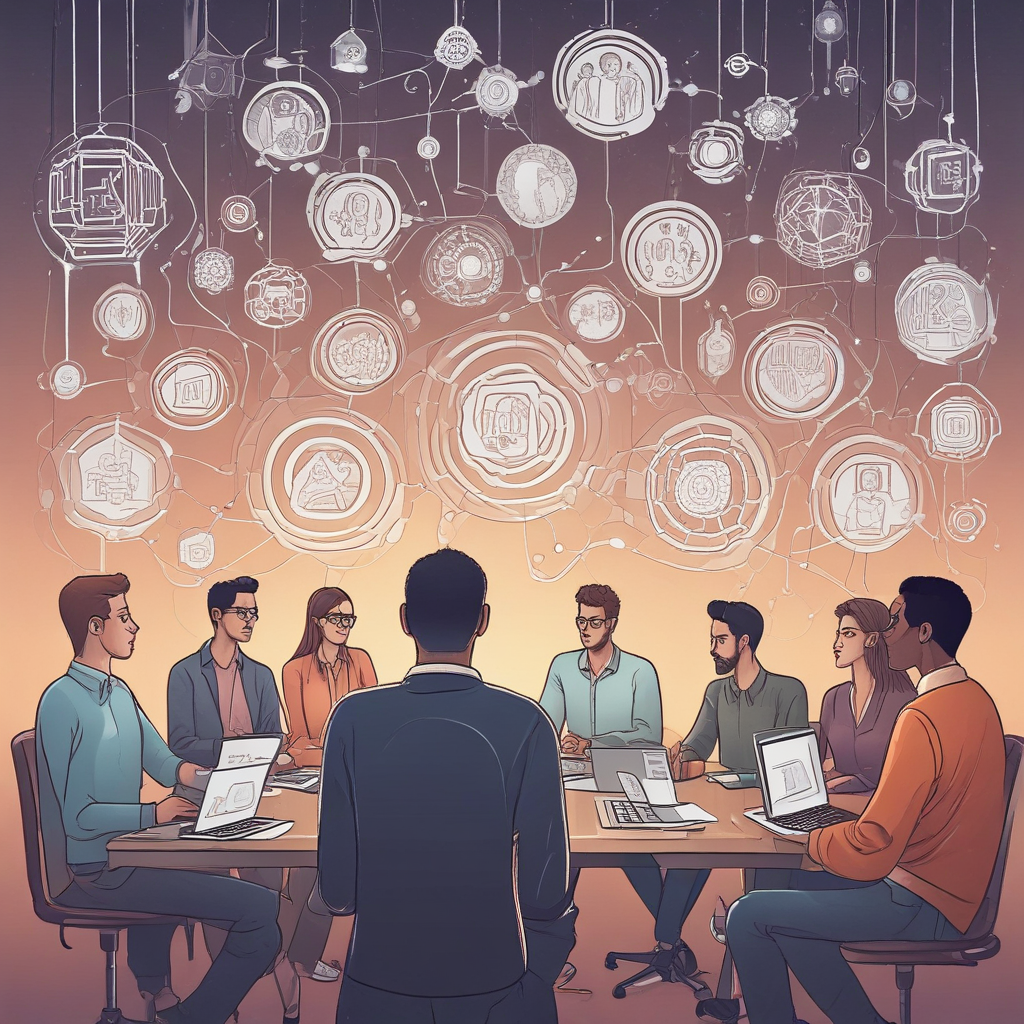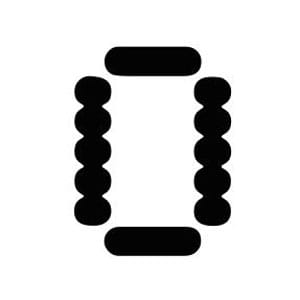DAOs are major elements of the Web3 world. As funding tools and mechanisms for decentralised collaboration and consensus, they highlight the some of the most exciting possibilities of our industry. If, like us, you are interested in legal structures, the rise of DAOs is a fascinating challenge to and reworking of traditional corporate law. But DAOs are not right for every project or every entrepeneur. Here, Tamara Davison outlines the questions you should ask yourself before pressing on with your DAO project.
Decentralized Autonomous Organizations (DAOs) are fast becoming a cornerstone feature of Web3 operations. They represent a decentralized and transparent governance paradigm that unlocks new financial opportunities and shapes the market.
In their simplest form, DAOs remove the need for centralized authority by delegating decision making to its members. Governed through smart contracts and token-holder voting mechanisms via a blockchain, community members hold votes and reach a consensus on project developments and proposals.
There are now more than 12,000 DAOs currently in operation (triple the amount just two years earlier), and the total ecosystem treasury is valued at around $24.4 billion. This meteoric growth is indeed promising, and, likely, even more expansion lies ahead.
The thing is, DAOs are also weird and legally pretty complex. Contrary to the idea that they operate like crowded Telegram chats, they rely on critical decentralized principles, careful functionalities, and a legally sound framework—all of which are still constantly evolving. Besides that, DAOs are complex multiparty consenseus mechanisms - something with deep implications for your project as it develops and expands.
Creating a DAO shouldn’t be taken lightly. Its structure is integral to the operations of your Web3 project and its future functionality. So, what are the things you need to keep in mind?
Are you looking for advice on setting up a DAO? Book a call with the Otonomos team to discover how we can help.
1. Understand your project
Before getting into the technicalities, you need a strong understanding of what you want a DAO for. So, start by defining what you’re trying to build. Are you creating a DeFi protocol, for instance, or a decentralized exchange (DEX)? Perhaps you’re working on something more specialized, like a consensus mechanism for a Web3 game, a development collective, or a decentralized social media platform.

Thinking about your project. Image by Easy-Peasy AI
Most DAOs obviously follow certain parameters, but there isn’t a one-size-fits-all approach. In the end, each DAO will differ in its structure and functionalities based on a project’s goals and maturity. For example, a DeFi project may focus on regulatory compliance and security, while a DEX might focus more on rapid decision-making and user governance. In both cases, you may feel that there should be different levels of decentralisation, or different DAO voting rules, in order to help your project flourish.
So, truly knowing your project is key to founding a DAO. You want to be able to define its mission, key stakeholders, your motivations, and the motivations of your you tokenholders when deciding if you want decentralised ownership and voting through a DAO. Only then can you go on to define how your DAO can best achieve each of these goals.
2. Know what a DAO is and the impact this will have
If you are contemplating setting up a DAO, have you asked yourself why you want to make a DAO in the first place? Basically, you’ll also need to consider the implications of adopting a DAO structure for your project before getting started.
The core features of a DAO, to name a few, include distributed ownership, decentralized governance, radical on-chain transparency, and smart contract automation. Of course, each of these features has a wealth of benefits — but these benefits come with complications.
DAOs exist on public ledgers. This radical transparency means that all decisions and transactions are visible to all members of the DAO. This has benefits - it builds accountability and verifiability - but it does have negatives. The privacy of collective decisionmaing in necessarily reduced. As a result, the DAO may open its strategic plans to competitors, potentially harming the project's competitive edge as it matures.
Even decentralization itself may not work for everyone.
- Competitive effects of transparency: If you’re operating in a competitive market that demands quick decision-making, leaving this to thousands (if not hundreds of thousands) of token holders could actually be quite cumbersome.
- Coordination & Control; You may also come to feel that, on reflection, it would be best to ensure you project is shaped by and owned by a limited group of people. This could be to mae the project move faster, to recude coordination cost, or due to the nature of the project itself
- Liquidity: DAO tokens are typically highly lieuqidy, meaning that their owers can place them up on crypot exchanges for sale. Liquidity has many benefitis, bu t price fluctuations can also create instability for DAO project managers
A DAO should align with your long-term goal and vision, factoring in scalability. So, have a think about whether a DAO will support your growth and adapt to future challenges or if it might introduce unforeseen obstacles as your project evolves.
3. Consider DAO governance, consensus, and decisionmaking
Decentralized governance can be complicated. While the idea of every token holder voting to reach a consensus may seem ideal and straightforward, the practical implementation of this shouldn’t be ignored.
Much like the age-old debate between direct democracy and representative government, decentralized projects grapple with the very scope of decision-making itself. In short, the fundamental issues of political theory are now playing out on the blockchain via DAOs. We’re talking about things like how many decisions are put to a vote, what thresholds are needed, and how a simple majority weighs up against a supermajority.
The choices made within a DAO can dramatically impact a project's future trajectory, so its crucial to carefully design the governance structure. One early exaple is the much-debated (and controversial) Etherium hard fork. Though agreed upon by an 89% supermajority following The DAO hack in 2016, this hard fork ultimately split the community and led to the evolution of two separate blockchains. And that’s just one example of how DAO-powered decisions can have massive and altering effects.
Something to keep in mind here is creating a DAO that enables flexibility and evolution. By allowing your DAO’s governance structure to adapt and evolve as the project matures, you can make sure your DAO remains impactful and responsive as things develop.
4. Legal considerations
The legal landscape surrounding DAOs is still unchartered territory, but this is changing — and fast. Ensuring your DAO has a clear legal structure and functions can protect its members from unlimited liability and navigate the legal complexities of Web3 operations.
When DAOs lack a clear legal personality, it can quickly become a legal nightmare. This is where legal wrappers come in, as they can protect DAO members from unlimited liability and help navigate the legal minefield of Web3 operations.
If you don’t obtain a legal wrapper that ensures limited liability, your DAO could be considered an unincorporated organization and a general partnership. This means token holders could be found jointly and severally liable for the DAO's liabilities, which would be a financial catastrophe for the people involved.
So far, there have been few incidents of this playing out, but it does happen. The 2023 Ooki DAO vs. CFTC case is a prime example of this risk: a US judge ruled that the DAO could be sued as a ‘person’ under the Commodity Exchange Act — and this landmark decision has arguably set a precedent for DAOs to be held legally accountable as collective entities.
Then, there’s the U.S. Securities and Exchange Commission (SEC), which has already indicated that DAOs could face regulation if their tokens fall under the Howey Test. This year, Uniswap Labs dominated DeFi headlines after the SEC confirmed they planned to take legal action, arguing that the platform operated as an unregistered securities exchange. Uniswap Labs is, of course, fighting back, but again, it's a landmark event that could set a precedent for future legal challenges in the decentralized landscape.
5. Choose your entity stack
Ongoing legal challenges don’t necessarily mean we need to abandon the DAO model entirely — it just needs to evolve. There’s a lot of uncertainty about how DAOs interact with the real world, but a single entity simply can’t solve the problem.
Rather than relying on a single legal 'wrapper,' which could limit a DAO's experimental nature, we need a more nuanced (and practical) approach. Something that addresses operational capacity, governance mechanisms, legal personality and limited liability, and so on.
Enter the entity stack, which, as its name suggests, is a stack of entities that can have a legal effect on the DAO while preserving its decentralized nature. It works by leveraging multiple legal entities across different jurisdictions, ultimately protecting the DAO objectives while tapping into the benefits of various legal structures and jurisdictions.
So how does this work? In an entity stack, at least three entities — a foundation, a token issuance entity, and operational companies (Opco) — work in harmony. This also unlocks a chain of accountability: token holders govern the DAO, the DAO directs the Foundation, and the Foundation funds the Opco to execute the will of the token holders in the real world.
There is a growing number of DAO LLCs, and competing structuring ideas on the market, but an entity stack built through the right jurisdictions is probably the way to go. For example, a DAO might use a Cayman Islands Memberless Foundation for its governance qualities and decentralization, a British Virgin Islands (BVI) entity for token issuance, and an Opco in another jurisdiction to execute decisions and manage day-to-day operations.
The bottom line…
Setting up a DAO is a complex but rewarding process that (in most cases) can significantly enhance your project's governance and efficiency. If you carefully consider your use case, design an effective structure, and address legal considerations, you’re on the right track.
When in doubt, seek the input of Web3 jurisdictional specialists who know the lay of this land. Otonomos has helped countless Web3 projects establish legal entities around the world. From a decentralized Cayman Foundation to a British Virgin Islands trust, we’re pushing boundaries in legal innovations and futureproofing DAO operations.
Book a free 30-minute call to learn more about what Otonomos can offer.



